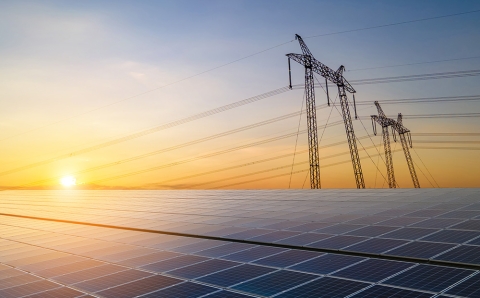What is Curtailment?
Curtailment (also known as non-market redispatch) is the process of intentionally, administratively reducing or completely halting the production of electricity from specific sources, most often renewable (RES - Renewable Energy Sources), such as wind or photovoltaic farms.
The decision to curtail is made by the Transmission System Operator (in Poland – Polskie Sieci Elektroenergetyczne S.A.), and it is an action used as a last resort. Its main goal is to protect the stability and security of the power system.
When does curtailment occur?
- Energy Oversupply. Energy production (especially on sunny and windy days) significantly exceeds the current demand from consumers.
- Grid Constraints. Transmission or distribution grids are unable to accept or transport the generated energy from its place of generation to its place of consumption (so-called "bottlenecks").
How to minimize losses resulting from curtailment?
The main negative consequence of curtailment is the waste of clean, free energy and financial losses for its producers. To minimize the frequency and scale of this phenomenon, it is crucial to make the energy system more flexible through:
- Energy Storage. Instead of "shutting down" RES farms, surplus energy is stored. This allows it to be used at a later time when RES production is low (e.g., at night or during calm weather). Solutions here include Battery Energy Storage Systems (BESS), pumped-storage hydropower plants, and heat storage.
- Demand Side Response (DSR). This involves "matching" demand to the current supply. Instead of limiting production, consumers (e.g., industry, households, EV chargers) are encouraged to increase energy consumption during hours of overproduction, e.g., by offering significantly lower prices at that time, e.g., through dynamic tariffs (linked to Day-Ahead Market prices) or smart building energy management systems (BEMS).
- Grid Expansion and Modernization. Investments in transmission and distribution infrastructure aimed at eliminating "bottlenecks" and increasing the grid's capacity to transport large amounts of energy from regions with high RES potential.
-
- Sector Coupling. Using surplus electricity to power other sectors of the economy, e.g., producing green hydrogen using electrolyzers (Power-to-Gas), powering heating systems, or producing process heat for industry (Power-to-Heat).

